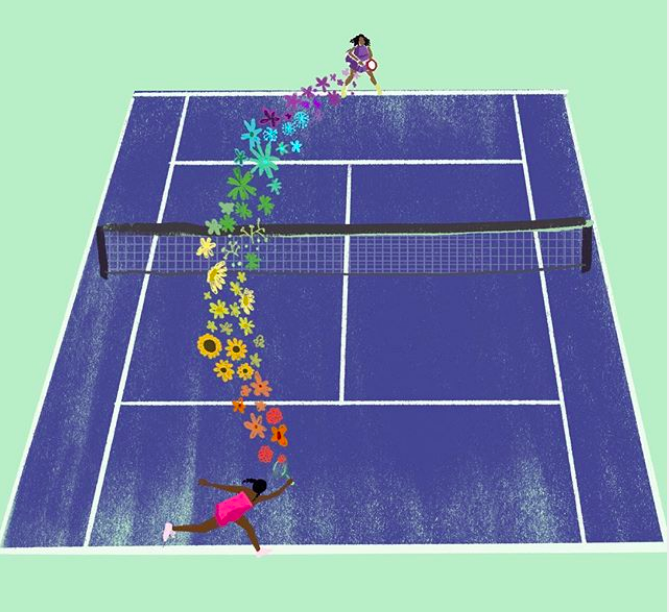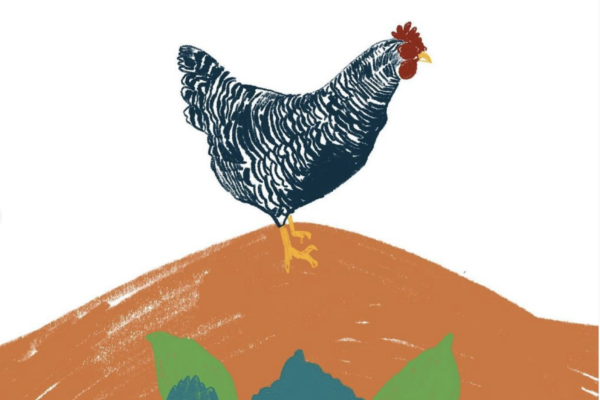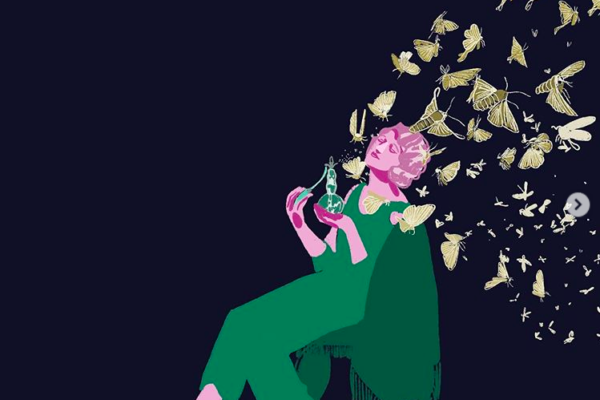Like many Chicagoans and lovers of sports documentaries, I’ve been watching “The Last Dance,” the joint Netflix / ESPN production that centers on the ‘90s Bulls’ dynasty and superstar Michael Jordan.
The documentary is wonderfully non-linear, jumping around like a kangaroo on Five-Hour Energy.
What The Last Dance Producers tell their Editors. from r/TheLastDance
Apparently — and I don’t know if this is true or apocryphal or subtle marketing — but the shows’ producers were only granted two interviews with Michael Jordan. And it’s a ten-part documentary that’s basically 90 percent about the man.
This meant that they had to strategically schedule all their other interviews and shoots before the MJ23 interviews. The setup allowed them to approach those crucial interviews with a skeletal outline of the whole series, giving them a sense of what holes needed to be filled.
And when they interviewed MJ, they didn’t waste the precious time they had. They used it to fill those holes.
It’s been said that constraints are great sources of succor to writers. We think we want freedom. Really, we want a constraint to balance against freedom. And that tension produces forward motion.
Film has always operated under constraints. There’s the budget, of course. But also there’s the number of hours of sunlight, or the number of hours of shooting time you have with actors who may have other commitments.
It’s an open-ended discussion question for us writers. How can we borrow the wonderfully prosaic logistical constraints of film and apply it to our world of practically unlimited flexibility? How can we go beyond genre? Beyond word-count?
What would it be like if we only had two hours of daylight in which to write? Would it be better? It would certainly be different.





No Comments